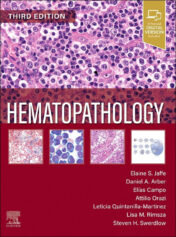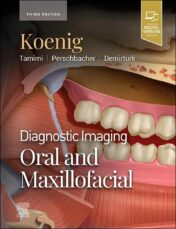This expert volume in the Diagnostic Pathology series is an excellent point-of-care resource for practitioners at all levels of experience and training. Physicians should have the knowledge derived from morphological findings to identify the likelihood of a cancer patient having an additional underlying familial syndrome― and to decide if that patient should undergo molecular genetic evaluation. This volume is specifically designed to help pathologists, oncologists, and other physicians who diagnose and treat cancer to recognize syndromes and syndrome- associated neoplasms and advise patients and their families on the possibility of a familial syndrome and their risk of developing other tumors. Diagnostic Pathology: Familial Cancer Syndromes, second edition, is an easy-to-use, one-stop reference for information on hereditary cancer syndromes, including differential diagnosis and management, that offers a templated, highly formatted design; concise, bulleted text; and superior color images throughout.
-
- Contains all the information necessary to determine whether a neoplasm typically encountered in daily practice is sporadic or related to a familial cancer syndrome
- Features a revised structure to keep you up to date: Part I includes more than 80 detailed chapters describing diagnoses associated with familial cancer syndromes; Part II contains more than 70 chapters with detailed descriptions of major syndromes (cross-referenced with diagnoses); and Part III features a molecular factors index that includes a complete description of each known gene associated with a familial cancer syndrome
- Contains updated chapters with newly classified GI, neurology, multiple organ, eye, endocrine, GYN, and kidney tumors, as well as more than 20 entirely new chapters covering recently recognized syndromes
- Incorporates up-to-date molecular findings and their significance for familial cancer syndromes; new techniques and technologies being used to discover gene mutations and other alterations; and details on personalized medicine targeted to specific genes
- Features more than 2,200 images throughout, including clinical and radiological images, algorithms, graphics, gross pathology, histology, and a wide range of special and immunohistochemical stains―all carefully annotated to highlight the most diagnostically significant factors
- Features time-saving bulleted text, key facts in each chapter, an extensive index, and numerous tables for quick reference and thorough understanding








